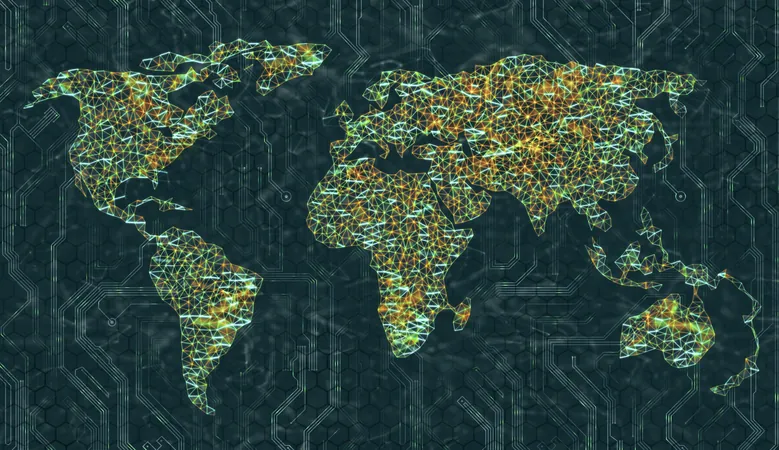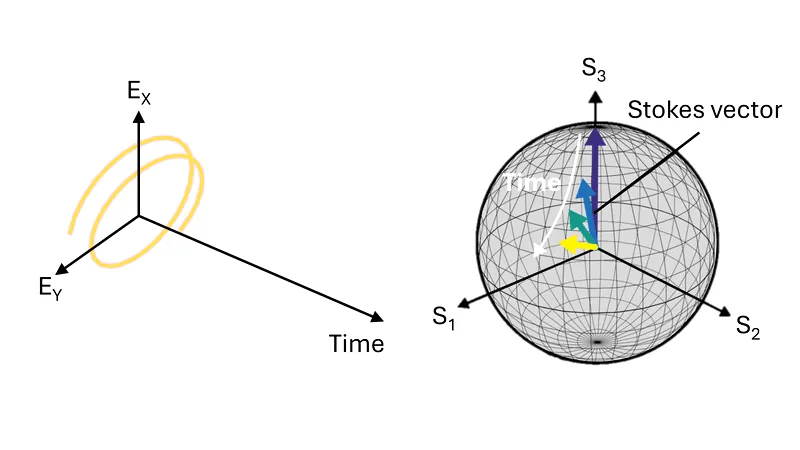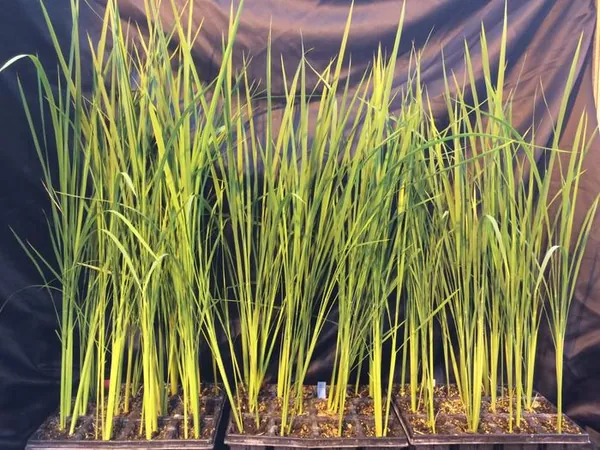
Revolutionary AI Breakthrough Could Transform Infectious Disease Forecasting!
2025-06-09
Author: Emily
A Game-Changer in Disease Prediction
Researchers at Johns Hopkins University have unveiled a cutting-edge artificial intelligence tool that dramatically improves predictions of infectious disease spread, surpassing the capabilities of existing methods used by the Centers for Disease Control and Prevention (CDC). According to a recent study published in *Nature Computational Science*, this innovative AI model successfully retroactively tracked the spread of COVID-19 across all U.S. states.
Why Better Tools Are Crucial
Lauren Gardner, PhD, a leading expert in infectious disease modeling and director of the Center for Systems Science and Engineering at Johns Hopkins, emphasizes the need for superior forecasting tools. "We've learned from COVID-19 that effective policies depend on accurate predictions," she states. "This won't be our last pandemic; frameworks like this will be vital for public health responses moving forward."
Harnessing the Power of Generative AI
Gardner's team has developed a model utilizing large language modeling—echoing the technology behind popular tools like ChatGPT. This allows for predictions of disease patterns and hospitalization trends up to three weeks in advance, marking a significant advancement in real-time analysis.
Addressing COVID-19 Challenges
"COVID-19 highlighted the complexities of predicting disease spread amid constantly changing conditions," Gardner notes. Traditional models performed well under stable circumstances but faltered with the emergence of new variants or shifts in public policy. The new AI tool is designed to bridge this critical gap.
Versatility of the New Tool
This state-of-the-art AI model can extend its applications beyond COVID-19, monitoring outbreaks of diseases such as bird flu, monkeypox, and respiratory syncytial virus (RSV). By integrating demographic data, epidemiological trends, public health policies, and genomic surveillance, the model provides a comprehensive view of how these factors influence disease dynamics.
Real-Time Information for Better Predictions
Hao 'Frank' Yang, PhD, an assistant professor at Johns Hopkins, explains, "Traditionally, we relied on historical data to forecast future scenarios. This often falls short of capturing the complexity of real-time developments. Our new framework employs fresh, real-time information to enhance predictive accuracy."
Proven Accuracy in Testing
To validate their findings, the research team retroactively predicted COVID-19's spread across all U.S. states over a 19-month span. The results were remarkable, with the model outperforming all forecasting methods currently used by the CDC, including the CovidHub weekly forecasts for hospital admissions. Gardner states, "A key challenge in disease forecasting is identifying what triggers surges in infections and hospitalizations. This model directly addresses that need."
Looking Ahead: Understanding Health Decisions
As the next step, the research team plans to explore how large language models can shed light on individual health-related decision-making. The ultimate goal? To empower public officials to craft safer, more effective health policies that can stand up against future pandemics.









 Brasil (PT)
Brasil (PT)
 Canada (EN)
Canada (EN)
 Chile (ES)
Chile (ES)
 Česko (CS)
Česko (CS)
 대한민국 (KO)
대한민국 (KO)
 España (ES)
España (ES)
 France (FR)
France (FR)
 Hong Kong (EN)
Hong Kong (EN)
 Italia (IT)
Italia (IT)
 日本 (JA)
日本 (JA)
 Magyarország (HU)
Magyarország (HU)
 Norge (NO)
Norge (NO)
 Polska (PL)
Polska (PL)
 Schweiz (DE)
Schweiz (DE)
 Singapore (EN)
Singapore (EN)
 Sverige (SV)
Sverige (SV)
 Suomi (FI)
Suomi (FI)
 Türkiye (TR)
Türkiye (TR)
 الإمارات العربية المتحدة (AR)
الإمارات العربية المتحدة (AR)